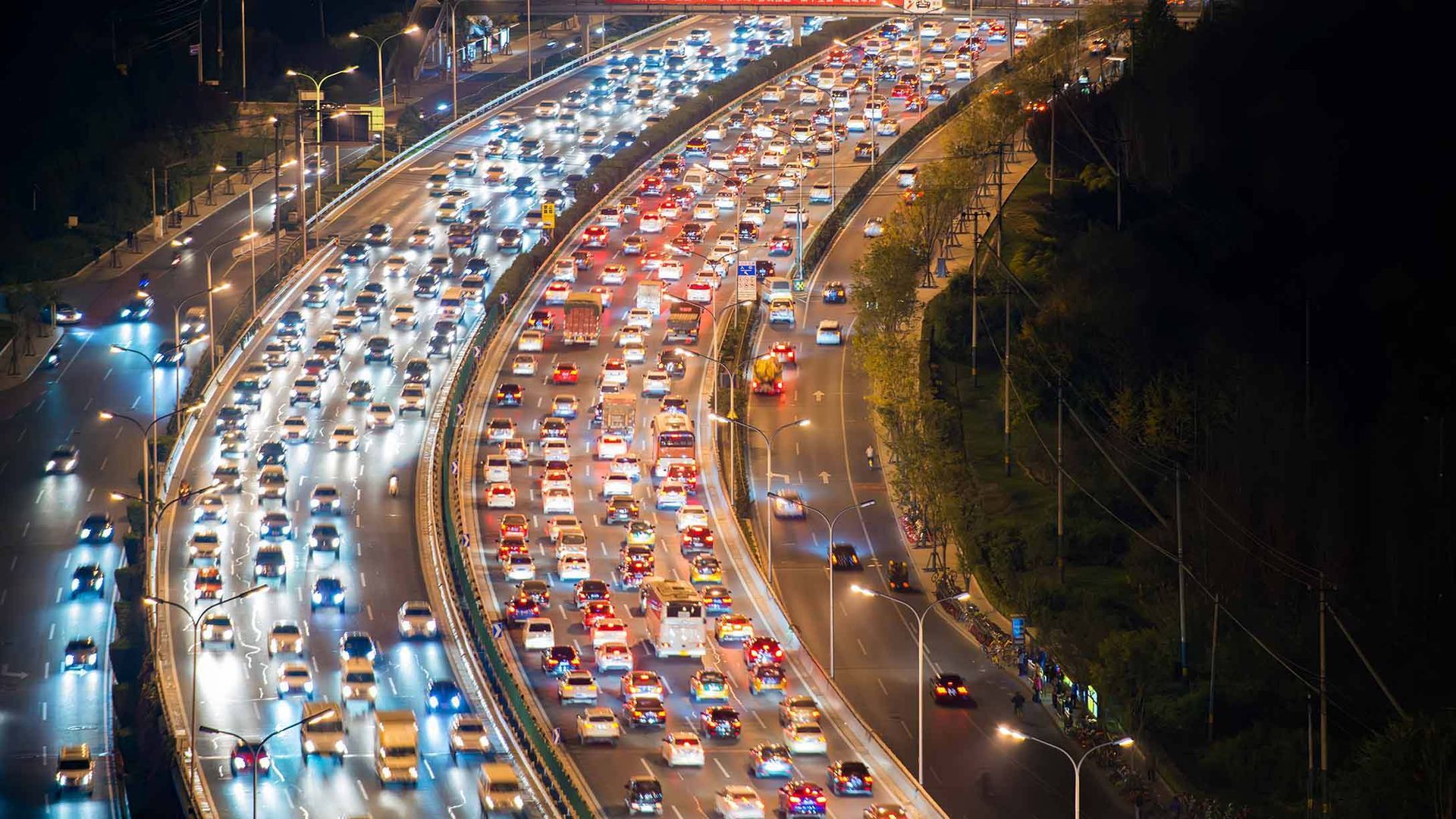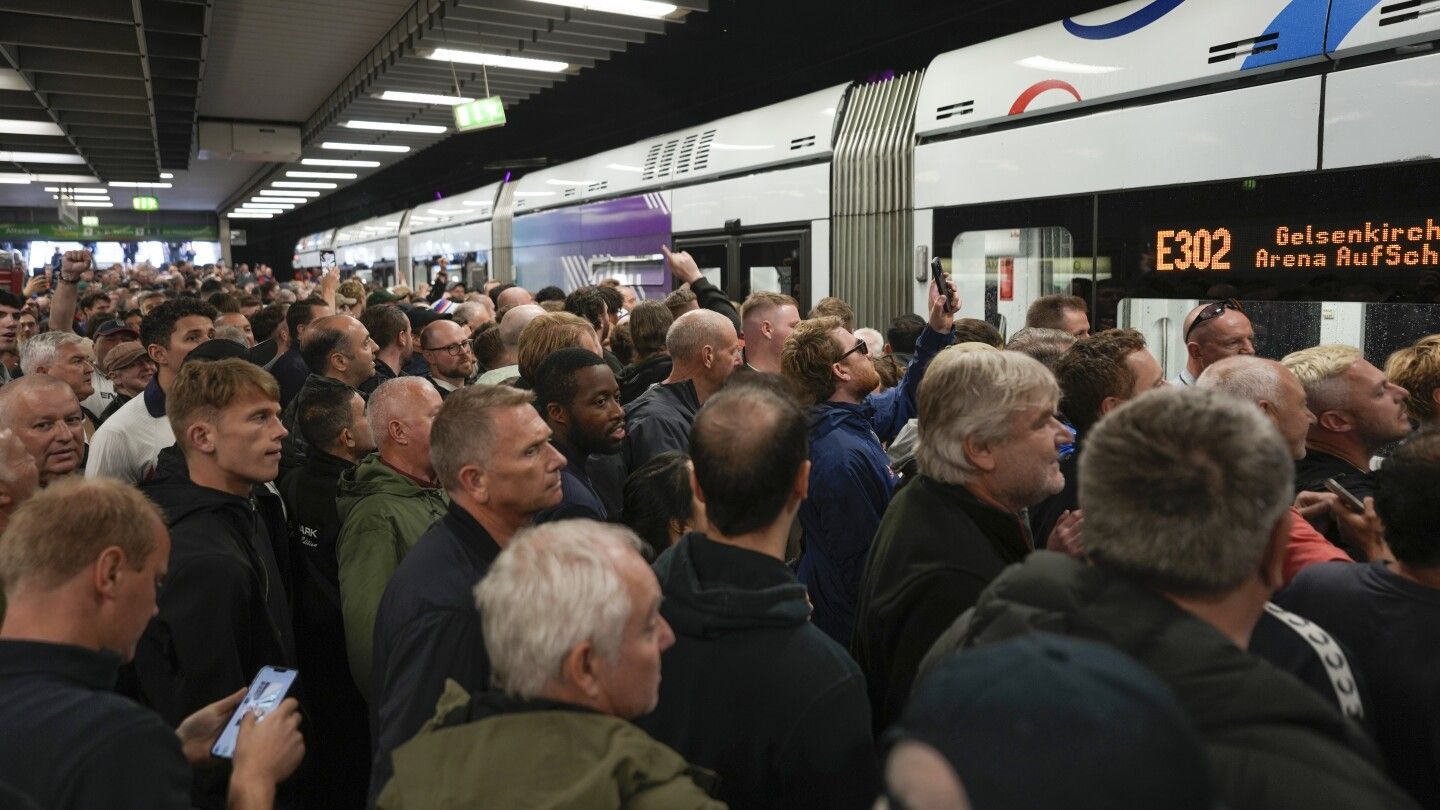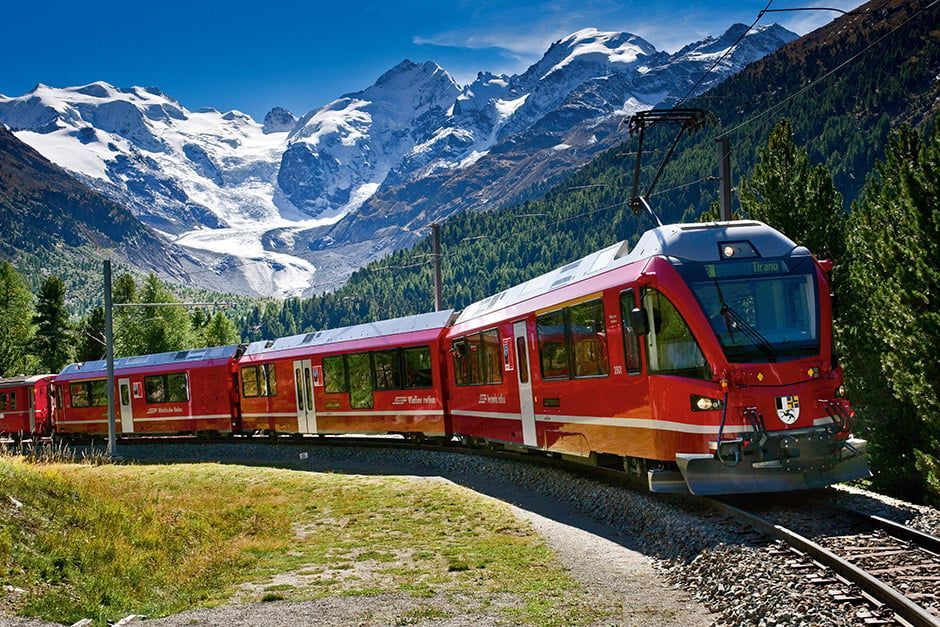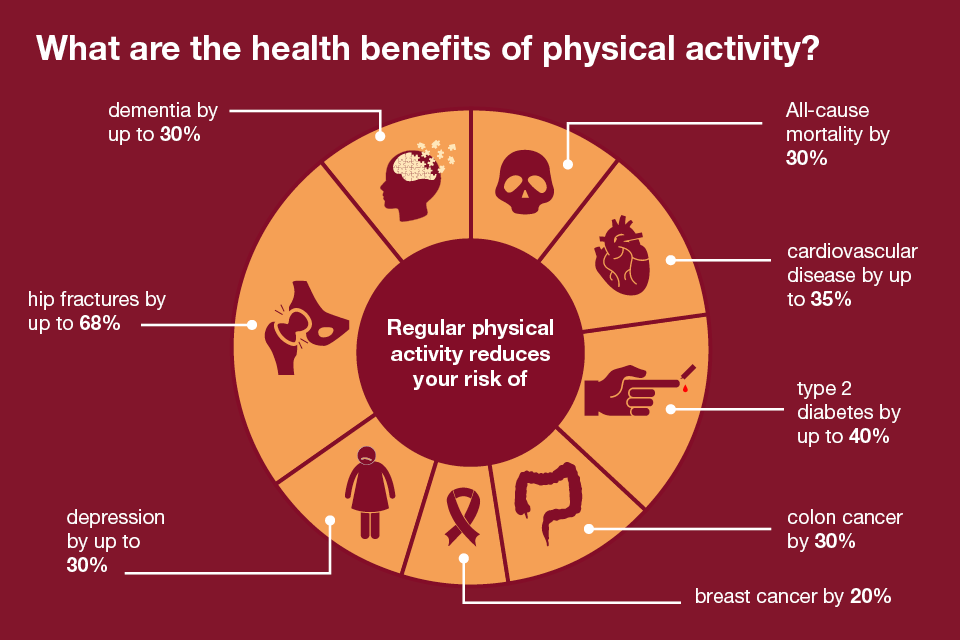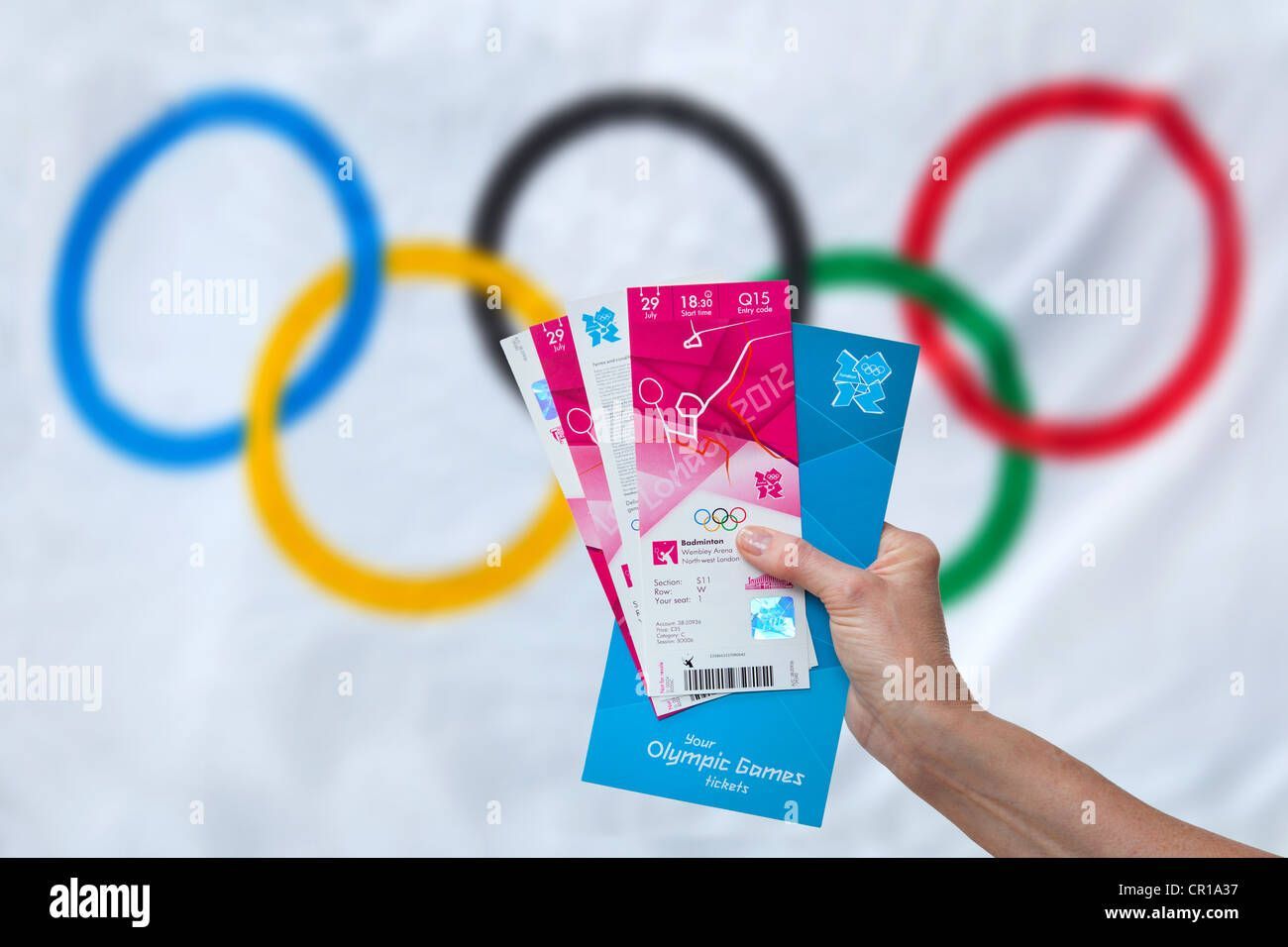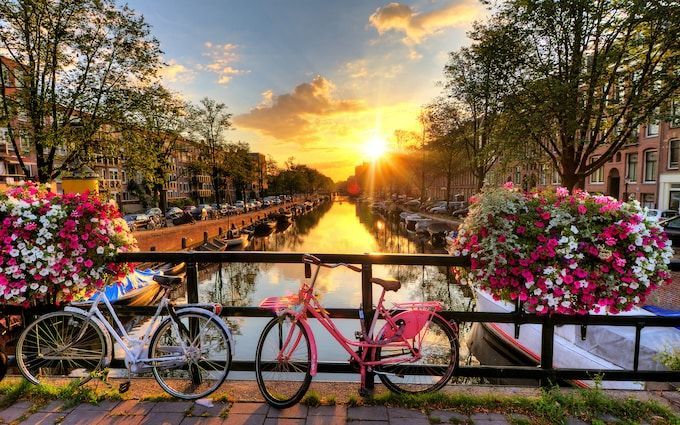What is the role of cars in spectator travel to events and venues?
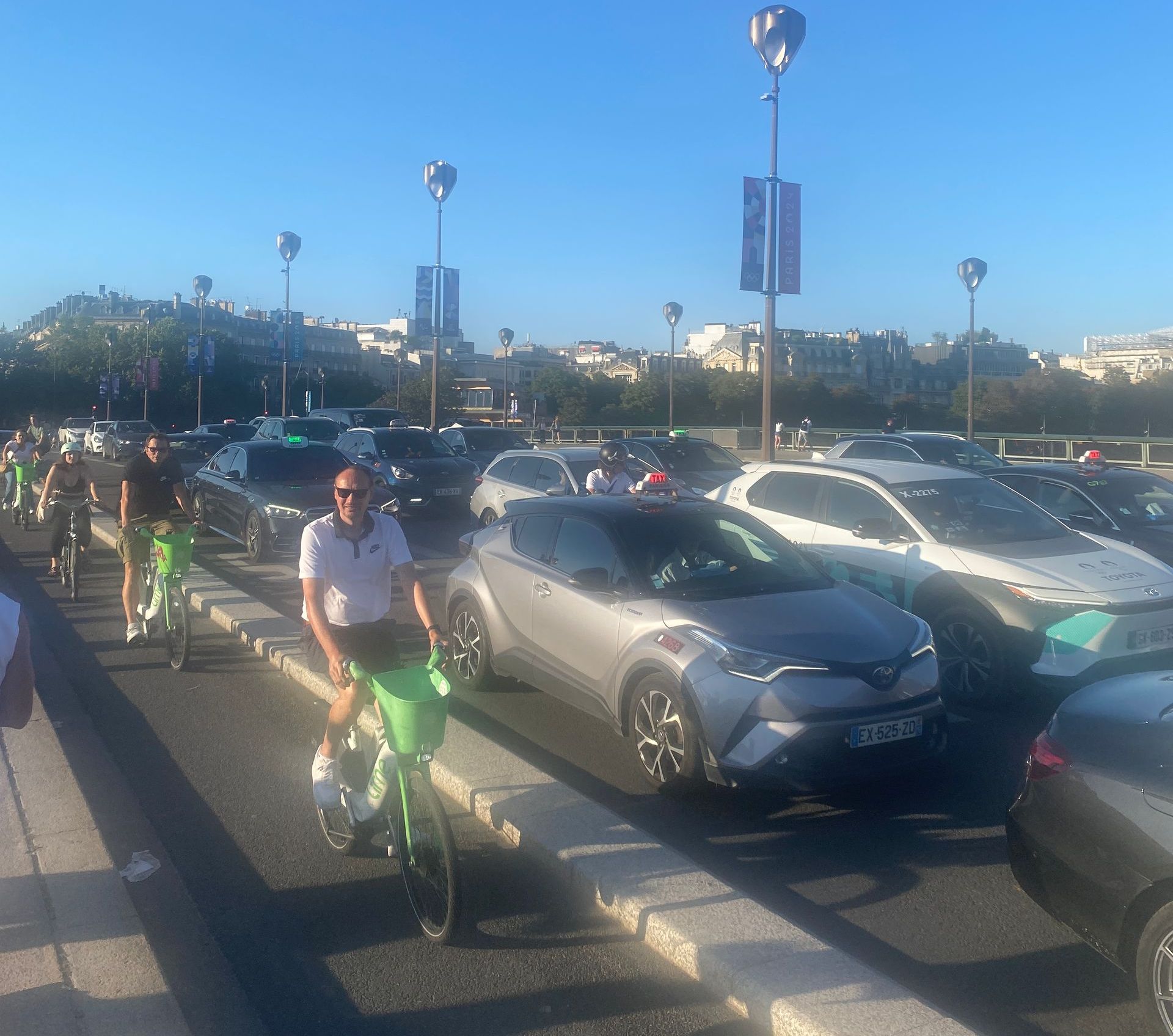
The announcement of LA’s aspiration for the 2028 Olympics to be a car-free event has put a spotlight on the future of fan travel. As more events and venues prioritise sustainability, a key question emerges: what is the role for cars in spectator and fan travel, beyond accommodating specific groups that need dedicated parking near venues, or are we heading toward a car-free future?
With electric vehicles (EVs), car sharing, and park and ride options becoming more prominent, there are many innovative solutions that allow cars to support more sustainable journeys to events, focussing on reducing their environmental impact and improving how they complement other forms of transport.
The role of electric vehicles – cleaner and greener:
One of the most exciting developments is the rise of electric vehicles (EVs). As technology advances, EVs are offering a cleaner, greener alternative to traditional petrol and diesel cars. With zero tailpipe emissions, they significantly reduce the environmental impact of driving. Although more charging infrastructure is needed to fully support the increasing use of EVs at large events, including spectator parking and park and ride facilities, many venues and cities are already investing in this technology or sharing information on available charging locations nearby. This makes planning trips in an EV more convenient, with less concern about where to charge.
Despite this, careful consideration is needed when promoting the role of EVs as part of a venue or event's overall strategy, given the challenges of traffic congestion and its effects on public transport efficiency and the safety of active travellers. While congestion remains a concern, EVs help address a major environmental issue — air pollution. As public transport options continue to improve, there’s an opportunity to balance the needs of drivers with those choosing more sustainable modes of travel.
Car sharing – a sociable and sustainable solution:
Car sharing also presents a fantastic way to reduce the overall number of vehicles on the road. Imagine heading to a big match or festival with a car full of friends — less traffic, fewer emissions, and shared costs. These options can be both fun and economical, allowing spectators and fans to connect and reduce their environmental footprint at the same time. Car sharing requires a bit more coordination, but new apps and platforms, such as Slinger and Staxy, make it easier than ever to organise shared rides, whether you’re travelling with friends or joining up with fellow fans from your local area. For many, it’s becoming a go-to option for big events.
Park and ride / stride – a hybrid approach:
For many fans, particularly those coming from areas with limited public transport options, cars will remain a convenient option. However, park and ride or park and stride systems offer a hybrid solution that allows fans to drive part of the way while completing their journey on public transport, by bike, or on foot. These systems reduce congestion near venues and improve the overall travel experience by keeping high-traffic areas clear of cars. Many venues and cities are now improving these services, making them more reliable and easier to use.
The financial aspect – revenue from car use:
One challenge often discussed with the management of car use, is the loss of revenue from spectator parking, which some venues and local authorities may have come to rely on. However, many are considering new ways to generate income by charging a premium for those travelling in their car alone or using less environmentally friendly vehicles. Additionally, as park and ride systems become more popular, venues can partner with local transport authorities to share the revenue generated from these services. It’s about finding creative solutions that both reduce car dependence and provide financial benefits for the venue.
A balanced approach to cars in spectator travel:
Cars still have a role to play in spectator travel — but it's a role that must be carefully managed to align with sustainability goals. With options like EVs, car sharing, and park and ride, there are exciting ways to incorporate cars more sustainably while enhancing the fan experience. Although the LA 2028 Olympics may aim for a car-free approach, many events and venues can still find a balance between sustainability and the convenience cars offer. Promoting responsible car use and gradually narrowing the gap between cars and active or sustainable travel in terms of appeal is key to this transition.
Our STRIVE consultancy service can help events and venues take a balanced view across all modes. The objective being to develop and deliver a strategy that offers wider and more equitable choice whether by car or other mode.

